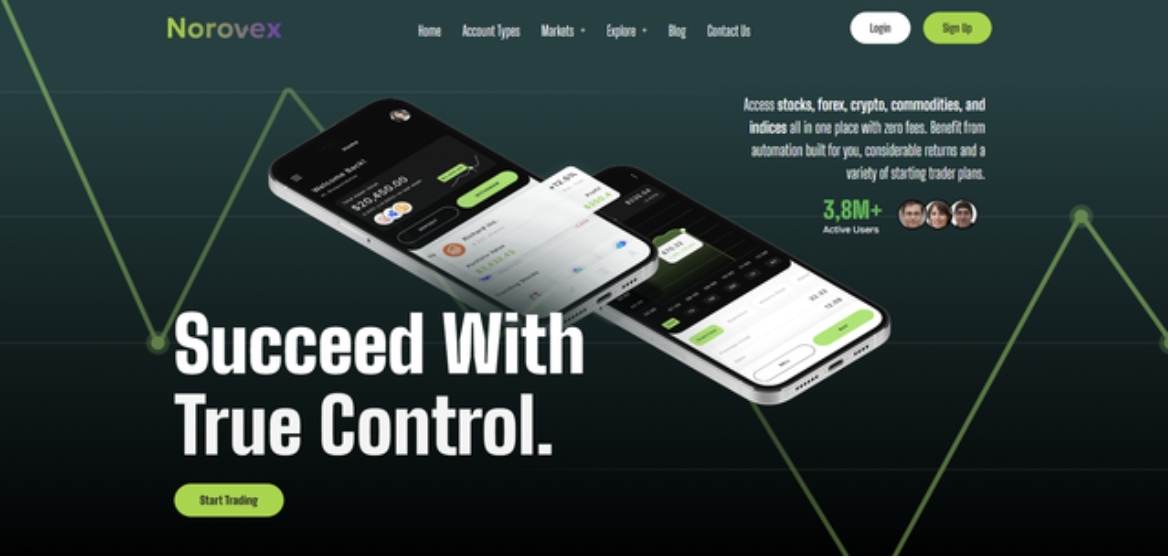Tech
Here’s Your Ultimate Guide to Buy the Best Inverter Battery

An inverter battery can be used in a variety of situations including power outage emergencies or when you need electricity outdoors during camping. They are also great for powering tools like drills or vacuum cleaners around the house. Inverters come in different sizes, from small units that can power just a few lights to large ones that can charge up numerous devices at once. The type of voltage they produce varies as well – some use 12 volts while others require 24 volts.
An inverter battery is a versatile and important power supply for any household. But with so many options out there, how do you know which one to buy? This article will teach you the basics of how to choose the best inverter battery for your needs!
- Cycle Life Rating
This is the number of cycles you can get out of a good rechargeable battery before it will no longer hold any charge. It averages about 500 cycles for most batteries. However, it varies with use and some batteries rated 2000 cycles will last more than 10 years in moderate use while others may die after only 500 cycles in heavy use conditions such as frequent partial discharges or overcharging. Inverter batteries must be changed often depending on the usage pattern and the charge cycle.
- Cold-Cranking Amps Rating (CCA)
CCA determines how much current a battery can deliver for 30 seconds at 0°F, the lowest temperature most batteries will have to start an engine. The higher the CCA rating, the more powerful is the battery. Most auto parts stores carry a selection of the best inverter battery that range from 165 to 550 CCA minimums.
- Depth of Discharge or DOD limit
This number represents the approximate percentage of charge you can expect the battery to hold when used under normal conditions. It is based upon 80% depth of discharge in an automobile application (14-16 hours daily use with recharging every other day). For example, a 100/50 amp-hour battery with a rated DOD of 50% would mean that the battery could be discharged to a 50% level every day over and over again for an average of 20 years.
This means that under normal use, you can discharge your battery 50%, recharge it and still get at least 10 years out of it. Normally 80% is fine but if you plan on running your inverter all night long for a long period or drawing large loads from the battery, you may want a deeper cycle rating since most batteries are only built to withstand light loads while being charged.
- Reserve Capacity
Deep cycle batteries are often not recommended for photovoltaic systems because they don’t get fully discharged (for example if you are powering your 12-volt fridge on a solar panel and it runs out of power, the inverter will draw current from your batteries to give it back power). Deep cycle batteries get around 50% charged. The best thing to do is buy two smaller deep cycle batteries instead of a larger one that has been overrated for deeper discharge.
A deep-cycle battery should be capable of at least 5 Amps for 20 hours or 2 amps for 10 hrs. This means that to get long life from your best inverter battery, you must use an inverter that can handle high loads and not deeply discharge your battery. Otherwise, the battery will degrade faster than normal and last less than 500 cycles as mentioned above.
The Bottom Line
When it comes to battery technology, the best inverter battery is the one which can used in an emergency for power outages when you’re away from a grid or generator. The best Inverter battery is typically more expensive than other types of deep cycle batteries, but they last longer and have fewer maintenance requirements.
If you want the best inverter battery that will suit your needs without breaking your budget, look above to find the best choice. Choose a company that offers competitive pricing on quality inverter batteries as well as installation services so that you don’t need any special knowledge about electricity systems.
Tech
Norovex Mobile Trading: The New Edge for Aussie Investors

Australia has always been a nation of savvy traders—whether it’s equities, commodities, or the fast-moving crypto market. With markets increasingly global and the world operating 24/7, Aussie traders are shifting rapidly toward mobile-first trading, where timing and execution matter just as much as strategy.
That’s where Norovex steps in. Designed for traders who need real speed, clean usability, and access to global markets at any hour, Norovex’s mobile platform is gaining traction among Australian investors looking for a modern edge.
Let’s explore why Norovex is becoming a standout choice for traders across Sydney, Melbourne, Perth, Brisbane, and beyond.
A Platform Made for Australia’s Fast-Paced Trading Style
Australian traders don’t just follow markets—they follow multiple markets:
- Crypto runs 24/7
- US stocks open overnight
- Asian markets move early
- Forex never sleeps
Norovex’s mobile platform is built precisely for this reality.Whether you’re checking charts over your morning flat white or monitoring crypto swings late at night, the app gives you:
- Live pricing
- Fast execution
- Smooth charts
- Full market access
- Instant notifications
It’s designed for traders who don’t want to miss an opportunity—no matter what time zone drives it.
Crypto Trading on Mobile: A Strong Match for Australian Traders
Australia has one of the highest crypto adoption rates globally, and Norovex caters directly to that demand.The platform offers:
- Bitcoin, Ethereum, and a wide selection of altcoins
- Margin trading for amplified opportunities
- Real-time volatility alerts
- Tight spreads even during peak market moves
For Australian traders who love catching dips during US trading hours or riding weekend altcoin momentum, Norovex’s mobile app provides the kind of speed and fluidity these markets demand.
Trade Global Markets From Anywhere in Australia
Beyond crypto, Norovex gives Aussies access to:
- Forex (majors, minors, exotics)
-

 Tech5 years ago
Tech5 years agoEffuel Reviews (2021) – Effuel ECO OBD2 Saves Fuel, and Reduce Gas Cost? Effuel Customer Reviews
-

 Tech6 years ago
Tech6 years agoBosch Power Tools India Launches ‘Cordless Matlab Bosch’ Campaign to Demonstrate the Power of Cordless
-

 Lifestyle6 years ago
Lifestyle6 years agoCatholic Cases App brings Church’s Moral Teachings to Androids and iPhones
-

 Lifestyle5 years ago
Lifestyle5 years agoEast Side Hype x Billionaire Boys Club. Hottest New Streetwear Releases in Utah.
-

 Tech7 years ago
Tech7 years agoCloud Buyers & Investors to Profit in the Future
-

 Lifestyle5 years ago
Lifestyle5 years agoThe Midas of Cosmetic Dermatology: Dr. Simon Ourian
-

 Health7 years ago
Health7 years agoCBDistillery Review: Is it a scam?
-

 Entertainment6 years ago
Entertainment6 years agoAvengers Endgame now Available on 123Movies for Download & Streaming for Free
